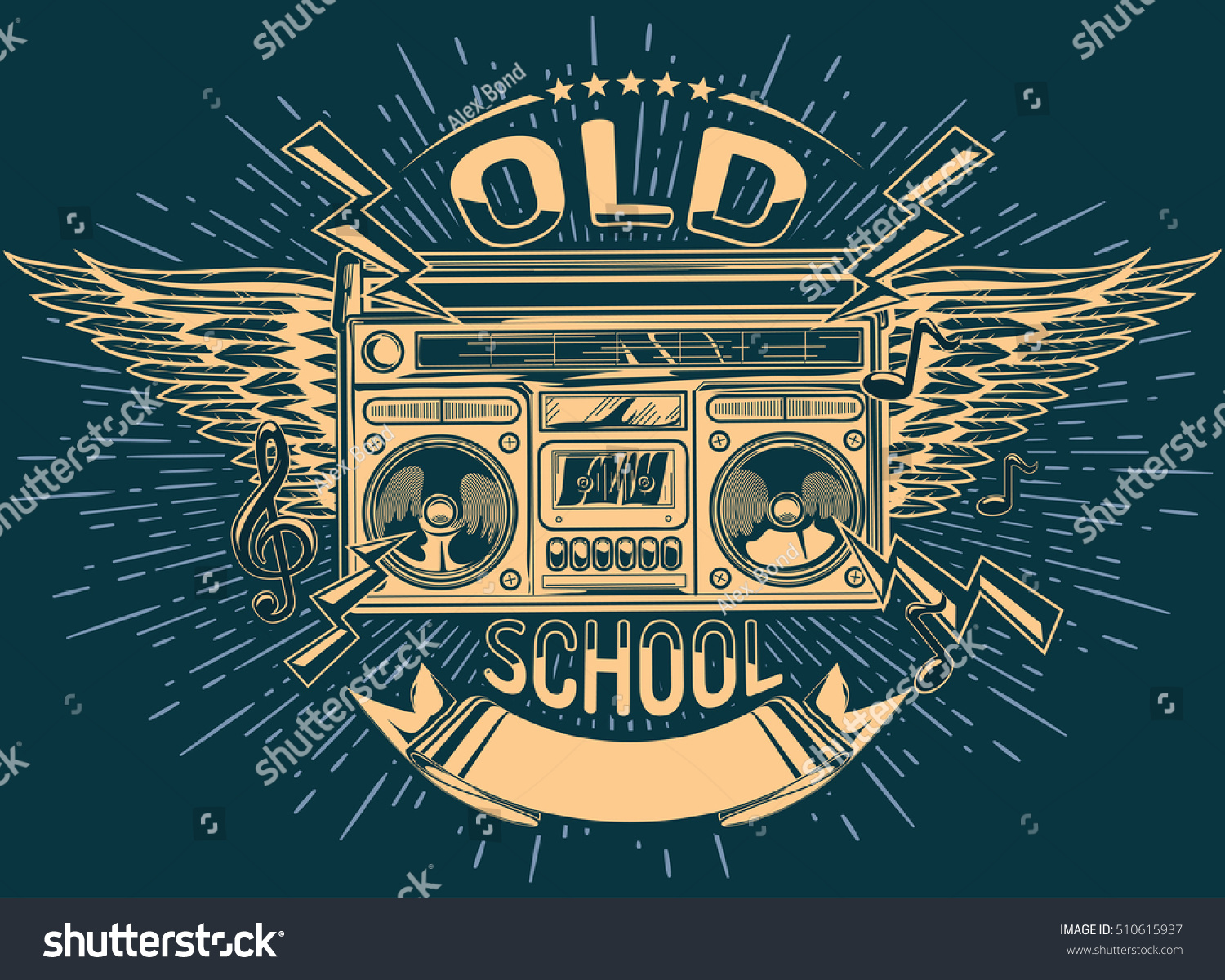While volunteering at her child’s college, Rachel Gregersen noticed something which bothered her. Her daughter that is 8-year-old was just African-American she saw in her own course.
“I happened to be seeing the whole world through her eyes when it comes to very first time,” Gregersen stated. “It is essential for young ones to experience a representation of on their own, to understand beauty in by themselves and understand they’re maybe maybe not odd.”
Gregersen, that is black colored, along with her spouse, Erik, who’s white, do not create a deal that is big of residing as a biracial couple in Elmhurst. Nonetheless they made a decision to move their child to a personal college by having a greater mixture of grayscale pupils. It is a tiny illustration of dilemmas interracial partners nevertheless face, even 50 years after blended marriages became legal nationwide.
It had been June 1967 within the landmark Loving v. Virginia situation — the topic of the present film “Loving” — that the U.S. Supreme Court ruled that state bans on interracial wedding were unconstitutional.
Now a new analysis of census information by the Pew Research Center has discovered that the portion of interracial or interethnic newlyweds when you look at the U.S. rose from 3 per cent because the Loving situation to 17.
And Us americans have become more accepting of marriages of various events or ethnicities. One measure showing the change is the fact that, based on a Pew poll, the portion of non-blacks whom stated they would oppose a general marrying a black colored individual dropped from 63 % in 1990 to 14 per cent in 2016.
The Chicago area that is metropolitan price of interracial marriages is 19 per cent, somewhat greater than the nationwide price of 16 %, in accordance with the research.
Asians and Hispanics into the U.S. are probably the most prone to marry some body of a race that is different ethnicity. Nearly one-third of married Asian-Americans and about 25 % of married Hispanics are hitched to someone of a various competition or sex, according into  the research.
the research.
In interviews, interracial couples when you look at the Chicago area stated they seldom encounter overt racism but sometimes come across discreet indications that they are addressed differently.
We ignore [race] before the world that is outside us every once in awhile.
Whenever Rachel Gregersen gets expected for recognition during the exact exact same shop where her spouse will not, or if they consume away together while the waiter asks when they want split checks, she stated, they view it.
The few happens to be hitched for 11 years, and formerly blended into more diverse communities like Chicago’s Pullman community and Oak Park. They said no neighbors introduced themselves when they moved to Elmhurst to be closer to work, unlike some other newcomers. And following a woman across the street asked them to suggest a painter, they don’t find their neighbors out had been making until they saw the going vehicle.
More broadly, the few is worried about how precisely kids may be addressed for legal reasons enforcement. Along side a talk concerning the wild wild birds and bees, they shall need certainly to discuss what direction to go whenever stopped by authorities.
“Being in a interracial wedding did available my eyes to things like this that we never ever might have seriously considered,” Erik Gregersen stated.
Between your few by by by themselves, though, “race in fact is maybe maybe not problem,” Rachel Gregersen stated. “We forget about any of it through to the outside globe reminds us every so often.”
Whilst the son or daughter of an interracial few, Michelle Hughes identifies by by herself differently with regards to the environment. With black colored buddies or expertly, she might explain by herself as African-American, while with mixed-race friends, such as a group that is social the Biracial Family system, she actually is proudly biracial.
The community, that may commemorate the anniversary for the Loving decision the following month, additionally holds a yearly household barbecue regarding the lakefront.
As being son or daughter, Hughes remembered being called the N-word exactly twice. She reported one young child to college officials, whom finished the name-calling, along with her dad impressed regarding the other youngster that such language had not been appropriate.
Hughes’ moms and dads hitched in 1967, the 12 months regarding the Loving choice, but she stated they don’t face just as much backlash as various other partners simply because they lived in diverse areas in Chicago and south suburban Homewood.
A number of her biracial buddies had much even worse experiences, she stated, having their hair stop or being beaten up. Some had grand-parents or other family unit members whom disowned them.
Other people, whose parents divorced, got negative pictures of just one competition or one other, Hughes stated, because then everybody of this battle had been a jerk. in the event that ex-spouse ended up being considered a jerk, “”
